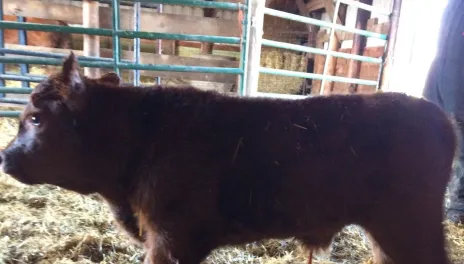Bulls need attention, too
Bulls are pretty tough animals, but cold weather can wreak havoc on a bull’s reproductive system.
Normal temperature for mammalian testicles is a few degrees lower than body temperature. The cremaster muscle within the bull’s scrotum helps regulate the temperature of the testicles. Cold weather causes the testicles to retract closer to the body. Warm weather has the opposite effect. But during extreme cold weather, unfortunately, the testes can’t retract through the inguinal canal into the body cavity to stay warm. Scrotum frostbite can occur and can lead to sterility.
To exacerbate the situation, extreme cold is usually accompanied with strong winds. Brutal windchills increase the risk of frost bite. Windchills reaching 50 below F, such as those just a couple of weeks ago, can quickly lead to frostbite on a particularly sensitive part of the body – the testicles.
Prevention is the best option, and that means plenty of bedding for bulls. Windbreak shelters and barns can reduce the extreme cold windchill effect. Unfortunately, not all bulls get along and they often separate themselves, leaving some out in the cold. Multiple shelters might help.
Once frostbite occurs, a scab might develop on frozen tissue. That’s a signal that semen testing is in order before breeding season begins. The scab may not show up for several weeks, though, and might disappear before the rancher notices a problem.
Bull sales are becoming prevalent with new genetics for sale. It might be time to purchase replacement bulls in case extreme weather froze the sperm factory.
Karl Hoppe, Ph. D.
Karl.Hoppe@ndsu.edu
Extension Livestock Systems Specialist
